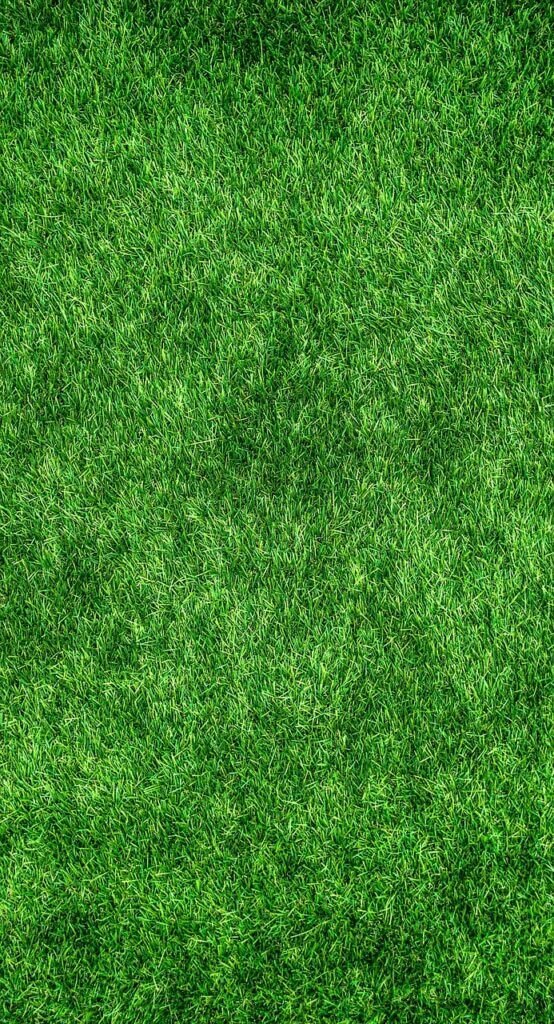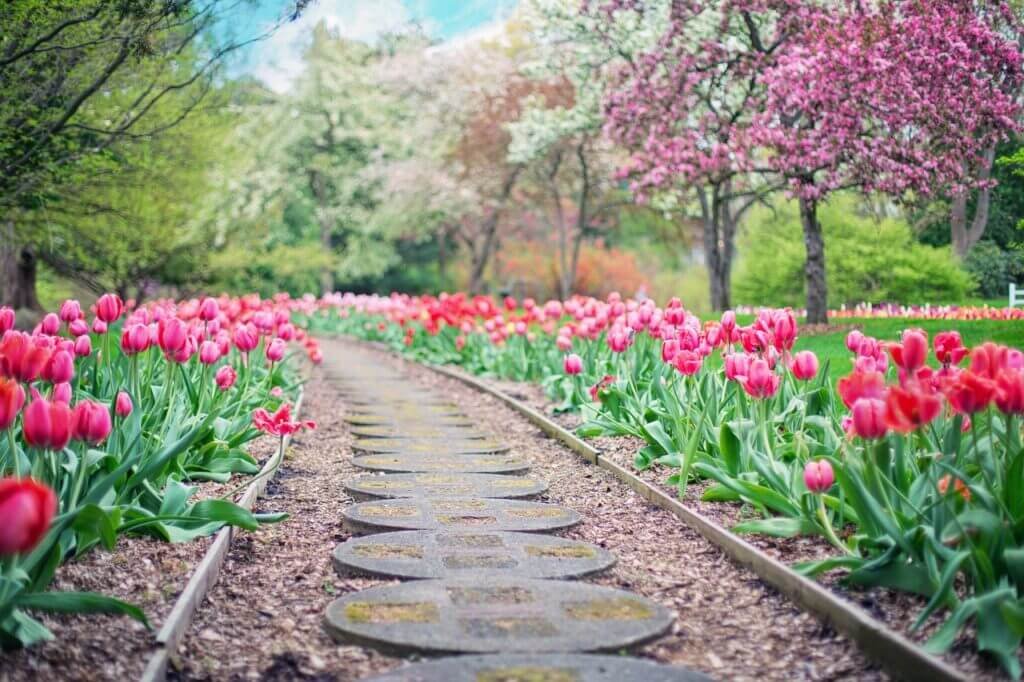Have you ever wondered what it takes to create and maintain a beautiful garden? Whether you’re an experienced gardener or just starting out, knowing the essentials is key to ensuring a successful and thriving garden. From the right soil and sunlight to proper watering and regular maintenance, this article explores the fundamental elements needed to transform your outdoor space into an oasis of greenery and tranquility. So grab your gardening gloves and let’s get started on creating the garden of your dreams.

Soil
Choosing the right soil type
When it comes to gardening, choosing the right soil type is essential for the health and growth of your plants. Different plants have different soil preferences, so it’s important to understand your plants’ needs before selecting the soil. Some plants thrive in well-draining soil, while others prefer soil with high moisture content. Additionally, you should consider the nutrient requirements of your plants and choose a soil that is rich in essential minerals.
Testing the pH level of the soil
The pH level of the soil is another crucial factor to consider when creating a garden. The pH level determines the acidity or alkalinity of the soil, which can significantly impact the growth and development of your plants. Most plants prefer a slightly acidic to neutral pH level, around 6 to 7.5. However, certain plants, such as azaleas and blueberries, thrive in acidic soil, while others, like lavender and lilacs, prefer alkaline soil. Testing the pH level of your soil will help you make necessary adjustments by adding amendments to create an optimal environment for your plants.
Adding organic matter to improve soil fertility
To enhance the fertility of your soil and provide the necessary nutrients for your plants, it is crucial to add organic matter. Organic matter, such as compost, manure, and leaf litter, improves the soil structure, increases its ability to retain moisture, and provides essential nutrients to your plants. Additionally, it encourages beneficial microbial activity in the soil, creating a healthy ecosystem for your garden. Regularly incorporating organic matter into your soil will promote the growth of vibrant and thriving plants.
Sunlight
Determining the sunlight requirements of plants
Understanding the sunlight requirements of your plants is vital for their successful growth. Some plants thrive in full sun, requiring at least six to eight hours of direct sunlight per day, while others prefer partial shade or even full shade. When planning your garden, carefully consider the sunlight patterns in your yard and choose plants that will receive the appropriate amount of sunlight. Observing your garden throughout the day will help you determine the ideal locations for your sun-loving or shade-tolerant plants.
Positioning the garden to receive adequate sunlight
Once you have identified the sunlight requirements of your plants, it’s crucial to position your garden in a location that will provide adequate sunlight. Avoid planting in areas where buildings, trees, or other structures cast shadows that obscure the sunlight. By strategically positioning your garden beds, you can ensure that your plants receive the necessary sunlight throughout the day. This will maximize their growth potential and help them thrive in their designated spaces.

Water
Providing sufficient water for plant growth
Water is an essential element for plant growth, and providing sufficient water is crucial for a healthy garden. Different plants have different water requirements, so it’s important to understand the needs of your specific plants. Some plants, such as succulents, prefer dry soil and can tolerate drought-like conditions, while others, like water-loving ferns, require consistently moist soil. Regularly monitor the moisture level of your soil and water accordingly, ensuring that your plants receive the right amount of hydration to sustain their growth.
Mulching to retain moisture
Mulching is an effective technique to retain moisture in the soil and reduce water evaporation. By applying a layer of mulch around your plants, you can create a protective barrier that helps to prevent water loss, keeping the soil moist for longer periods. Mulch also regulates soil temperature, suppresses weed growth, and improves soil structure. Organic mulch materials, such as wood chips or straw, are excellent options that not only conserve moisture but also provide additional nutrients to the soil as they break down over time.
Plants
Choosing suitable plants for the garden
When selecting plants for your garden, it’s important to choose varieties that are suitable for your specific gardening conditions. Consider the climate in your area, including factors such as temperature, humidity, and rainfall patterns. Some plants thrive in cooler climates, while others are more suited for hot and dry environments. Researching and selecting plants that are well-adapted to your local conditions will increase the likelihood of successful growth and reduce the need for excessive maintenance.
Considering the climate and local conditions
In addition to choosing suitable plants, it’s essential to consider the specific climate and local conditions of your garden. Factors such as the average annual rainfall, frost dates, and the length of the growing season can significantly impact the success of your garden. Understanding these conditions will help you make informed decisions about planting times, watering schedules, and other necessary maintenance tasks. By aligning your gardening practices with your local climate and conditions, you can create an optimal environment for your plants to thrive.
Selecting plants based on growth habits and maintenance needs
When planning your garden, consider the growth habits and maintenance needs of the plants you choose. Some plants, like fast-growing annuals, require regular pruning and deadheading to encourage continuous blooming. Other plants, such as perennials or shrubs, may have specific requirements for periodic trimming or winter dormancy. Understanding the growth patterns and maintenance needs of your plants will help you allocate the necessary time and resources for their care, ensuring that your garden remains healthy and attractive year-round.

Planting
Preparing the soil for planting
Before planting your chosen plants, it’s important to prepare the soil properly. Start by removing weeds and debris from the planting area, ensuring a clean and healthy environment for your plants. Loosen the soil using a garden fork or tiller, breaking up any compacted areas and improving drainage. Additionally, consider adding organic matter or soil amendments to improve fertility and provide essential nutrients. By preparing the soil adequately, you create an ideal foundation for healthy root development and overall plant growth.
Creating suitable planting beds
Creating suitable planting beds is another important step in the planting process. Depending on your garden layout and preferences, you can create raised beds, traditional in-ground beds, or container gardens. Raised beds offer improved drainage and soil aeration, while container gardens provide versatility and mobility. When designing your planting beds, consider the mature size and spacing requirements of your plants, ensuring that they have adequate room to grow and thrive. Properly designed planting beds will promote optimal growth and make maintenance tasks more manageable.
Spacing plants properly for optimal growth
Proper plant spacing is crucial for optimal growth and development. Giving each plant enough space allows for ample air circulation, reduces the risk of diseases, and prevents overcrowding. Research the recommended spacing guidelines for your specific plants, considering both the width and height requirements. By spacing your plants appropriately, you not only ensure their individual success but also create a visually pleasing garden that allows each plant to shine.
Fertilizer
Understanding the nutritional needs of plants
Plants require essential nutrients to grow healthy and strong. Understanding the nutritional needs of your plants is vital for providing them with the necessary fertilizers. Nitrogen, phosphorus, and potassium are three primary macronutrients that plants require in varying amounts. Different plants have different nutrient preferences, so it’s important to research the specific needs of your chosen plants. Additionally, it’s crucial to be aware of any nutrient deficiencies or excesses that may occur in your soil and adjust your fertilization routine accordingly.
Applying appropriate fertilizers at the right time
Applying appropriate fertilizers at the right time is key to ensuring your plants receive the necessary nutrients for optimal growth. Start by incorporating organic matter into the soil during preparation to provide a slow-release source of nutrients. Throughout the growing season, consider supplementing with additional fertilizers, either organic or synthetic, based on the specific needs of your plants. Follow the recommended application rates and timing instructions, being careful not to over-fertilize, as this can lead to nutrient imbalances or environmental harm.
Organic vs. Synthetic fertilizers
When it comes to fertilizers, you have the choice between organic and synthetic options. Organic fertilizers are derived from natural sources, such as compost, manure, or bone meal, and release nutrients slowly into the soil. They improve soil health, promote beneficial microbial activity, and are generally more environmentally friendly. On the other hand, synthetic fertilizers are chemically formulated and provide immediate nutrient availability to plants. They can be tailored to specific nutrient requirements but may have a higher risk of over-fertilization. Consider your personal gardening philosophy and choose the fertilizer type that aligns with your goals and values.

Mulch
Benefits of using mulch
Using mulch in your garden offers numerous benefits for plant health and overall maintenance. Mulch helps regulate soil temperature, keeping it cooler in hot weather and warmer during colder periods. It conserves moisture by reducing water evaporation, therefore reducing the need for frequent watering. Mulch also suppresses weed growth by blocking sunlight and acts as a physical barrier. Additionally, it improves the soil structure, provides nutrients as it breaks down, and enhances the aesthetic appeal of your garden. Overall, incorporating mulch into your gardening routine is a simple and effective way to support healthy plant growth.
Selecting the right type of mulch
When selecting mulch for your garden, consider the different options available and choose the one that best suits your needs. Organic mulches, such as wood chips, straw, or shredded leaves, are eco-friendly choices that provide additional nutrients to the soil as they decompose. Inorganic mulches, like stone or gravel, offer long-lasting coverage and require less frequent replacement. Consider the aesthetic, functional, and maintenance aspects when deciding on the type of mulch to use in your garden.
Applying mulch properly
Applying mulch properly is essential for optimal effectiveness. Start by clearing the area of weeds and debris, ensuring a clean surface for the mulch. Spread a layer of mulch around your plants, aiming for a thickness of 2 to 4 inches, taking care not to pile it against the stems or trunks. Leave a small gap around the plants’ base to prevent moisture buildup and potential rot. Regularly maintain the mulch layer, replenishing it as needed to ensure its benefits persist throughout the growing season.
Weeds
Preventing weed growth
Weed growth can be a nuisance in any garden, competing with your desired plants for resources and nutrients. Preventing weed growth is key to maintaining a healthy and aesthetically pleasing garden. Start by clearing the planting area of any existing weeds and their roots. Consider using landscape fabric or weed barriers to create an additional physical barrier against weed growth. Additionally, proper mulching, as mentioned earlier, can significantly suppress weed growth. Regularly inspect your garden and promptly remove any weeds that may appear to prevent them from spreading.
Removing weeds effectively
When it comes to removing weeds, it’s important to handle them effectively to prevent their regrowth. The best method for weed removal depends on the type of weed and its root structure. Some weeds can be easily pulled out by hand, while others, with deeper or extensive roots, may require tools such as a garden fork or a weeding tool. Be sure to remove the entire weed, including the root system, to prevent regrowth. Maintain regular weeding sessions to stay on top of the weed population and minimize competition for resources.
Using mulch as a weed barrier
As mentioned earlier, mulch is an excellent tool for suppressing weed growth and acting as a physical barrier. By applying a thick layer of mulch around your plants, you create an environment where weeds struggle to penetrate the surface. The mulch blocks sunlight and prevents weed germination, reducing the overall weed population in your garden. Regularly monitor the mulch layer and top it up as needed to maintain its effectiveness throughout the growing season.

Pests and Diseases
Identifying common garden pests and diseases
Garden pests and diseases can pose significant challenges to maintaining a healthy garden. It’s important to be able to identify common pests and diseases in order to take appropriate action. Keep an eye out for signs such as chewed leaves, discolored foliage, or the presence of insects. Common pests include aphids, slugs, snails, and caterpillars, while diseases may manifest as fungal infections or rot. Familiarize yourself with the specific pests and diseases that commonly affect your garden plants to implement targeted control measures.
Implementing pest control measures
Implementing pest control measures is essential to protect your plants from damage caused by insects or other pests. Start by regularly inspecting your plants for signs of infestation and taking immediate action upon detection. Manual removal of pests, such as picking them off by hand or using a stream of water to dislodge them, is often effective for smaller infestations. For more severe cases, consider using organic insecticides or introducing beneficial insects that prey on garden pests. It’s important to strike a balance that controls pests while minimizing harm to the overall ecosystem of your garden.
Using natural remedies to combat pests and diseases
In addition to traditional pest control measures, many natural remedies can effectively combat pests and diseases in your garden. For example, diluted insecticidal soaps or neem oil sprays can help control aphids, mites, and other small insects. Some plants, such as marigolds or basil, have natural insect-repellent properties and can be planted as companion plants to deter pests. For fungal diseases, solutions containing baking soda or copper can help prevent or treat infections. Research natural remedies specific to the pests or diseases you are dealing with to find effective and environmentally friendly solutions.
Pruning and Maintenance
Pruning to promote healthy growth
Pruning is an essential maintenance task that promotes healthy growth and shape in your plants. Regularly inspect your garden and identify any dead, damaged, or diseased branches or foliage. Use sharp and clean pruning tools to remove these unwanted parts, making precise cuts just above a healthy bud or branch junction. Pruning also helps control the size and shape of your plants, preventing them from becoming overcrowded or leggy. Proper pruning encourages new growth, improves air circulation, and reduces the risk of pests and diseases.
Regular maintenance tasks like watering and feeding
In addition to pruning, regular maintenance tasks such as watering and feeding are vital for the health and longevity of your garden. Monitor the moisture level of your soil and water accordingly, providing consistent hydration to your plants. Regularly check for signs of nutrient deficiencies or excesses and adjust your fertilization routine accordingly, ensuring your plants receive the necessary nourishment. Be mindful of any specific watering or feeding requirements of your plants and develop a routine that accommodates their needs.
Inspecting plants for signs of damage or disease
Regularly inspecting your plants for signs of damage or disease is crucial for catching issues early and taking appropriate action. Look for symptoms such as yellowing leaves, wilting, spotting, or unusual growth patterns. Promptly address any signs of distress to prevent further damage or spread of diseases. Regular inspections also help you identify potential pest problems before they escalate, allowing for timely intervention. By regularly inspecting your garden, you can ensure proactive care and maintain the health and beauty of your plants.
In conclusion, creating a successful garden requires careful consideration and attention to various factors. Choosing the right soil type, understanding the sunlight requirements, providing sufficient water, selecting suitable plants, and implementing proper planting and maintenance techniques are essential for creating a thriving garden. By following these guidelines and being observant of the specific needs and conditions of your garden, you can create an environment in which your plants can flourish and bring you joy for years to come. Happy gardening!


